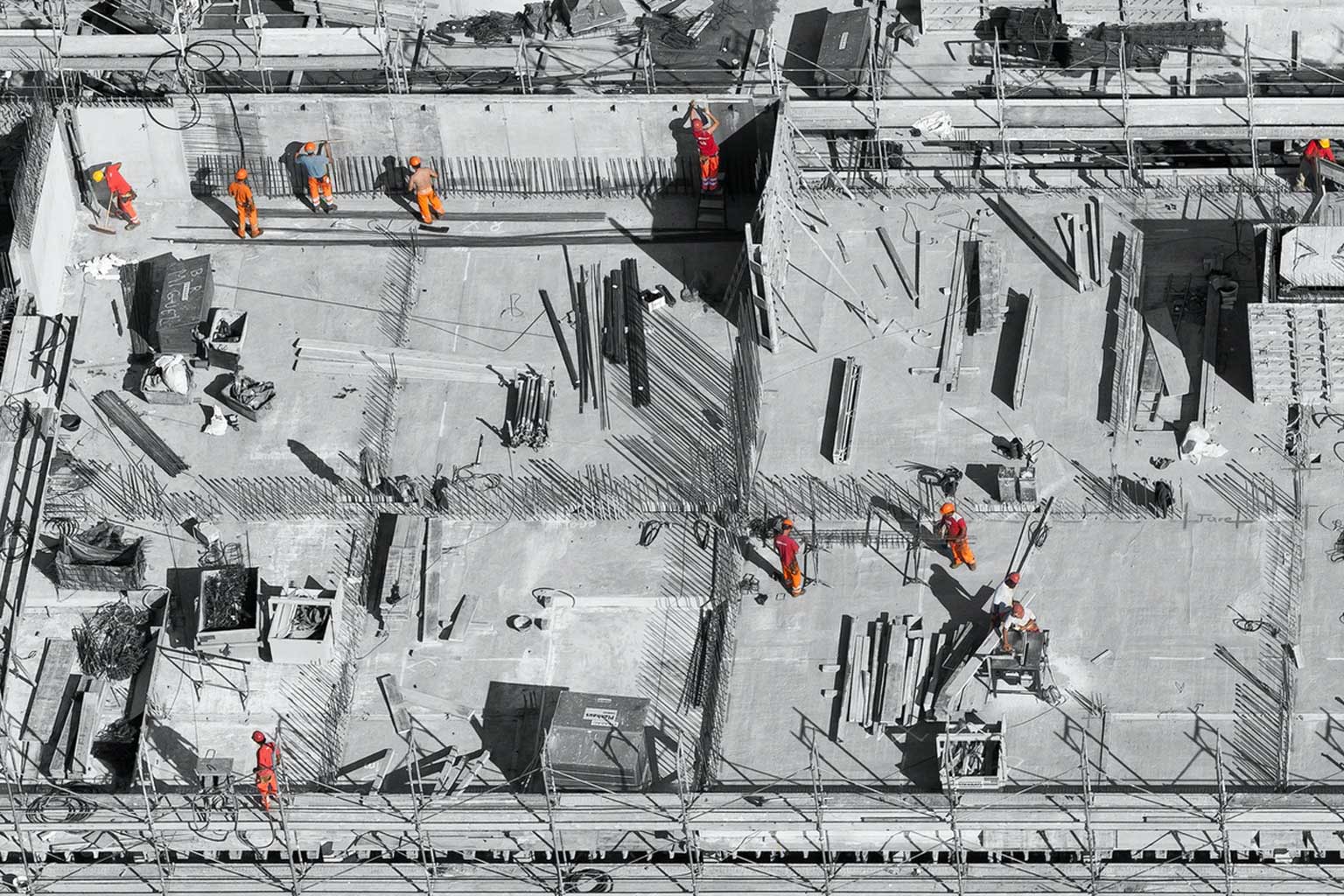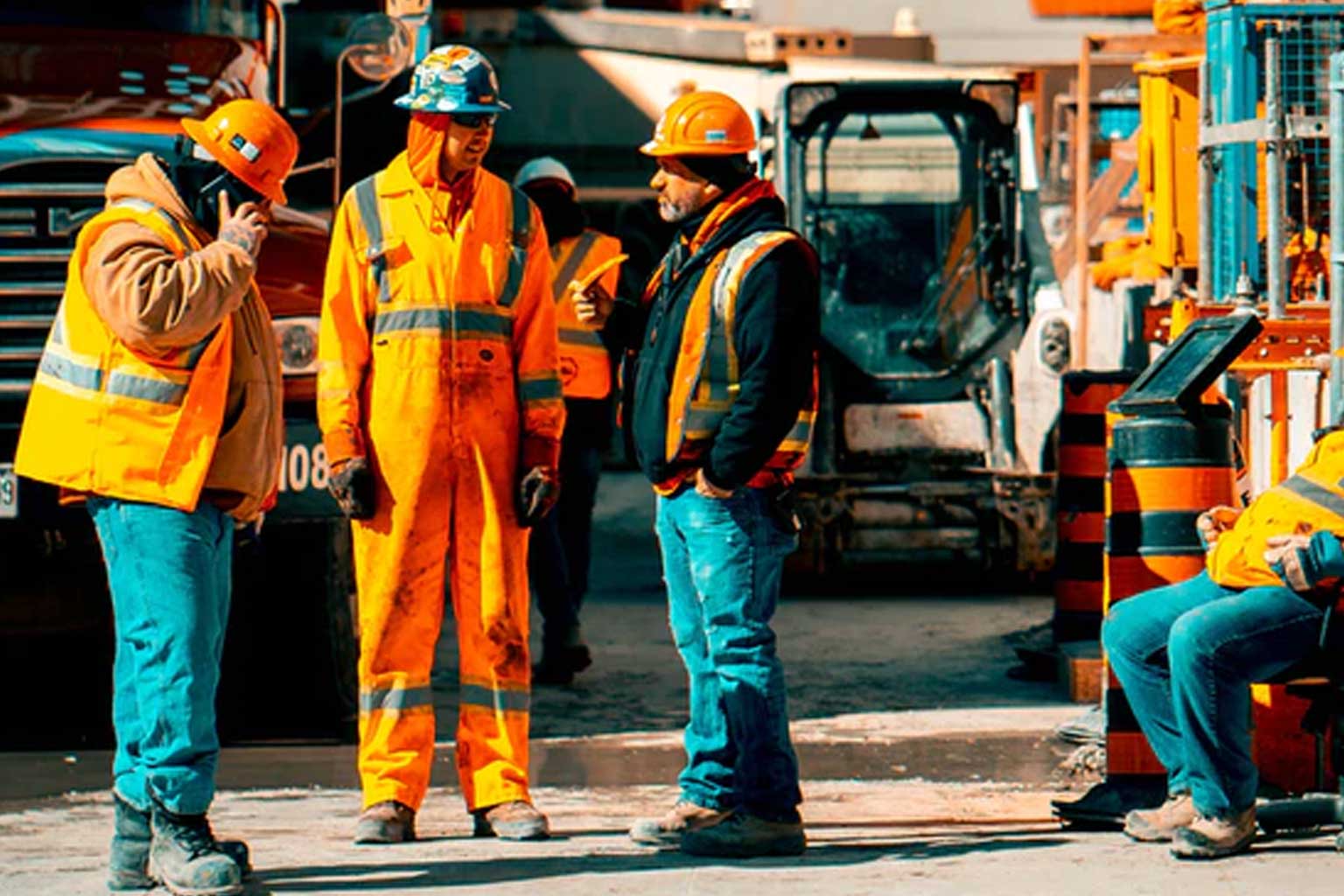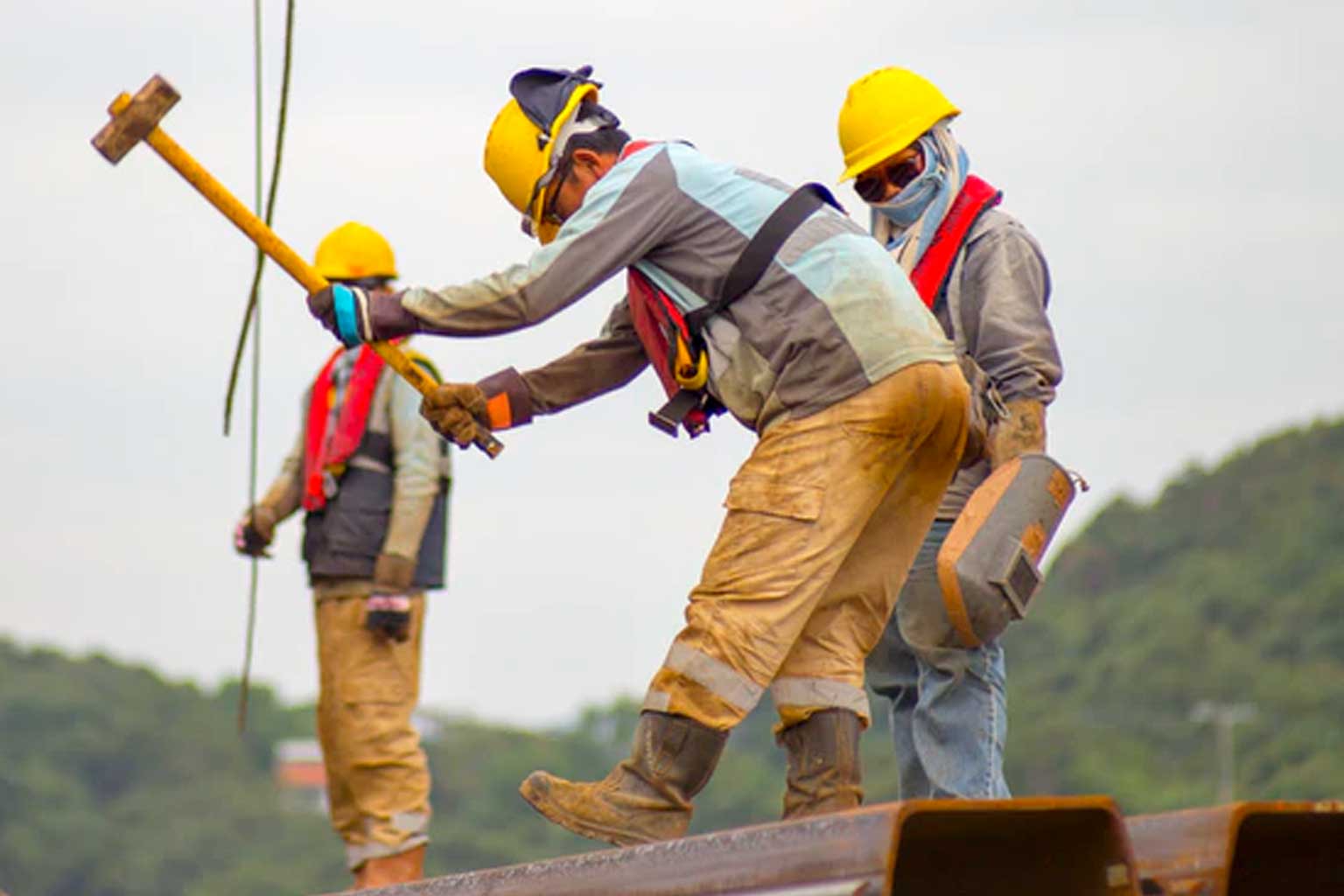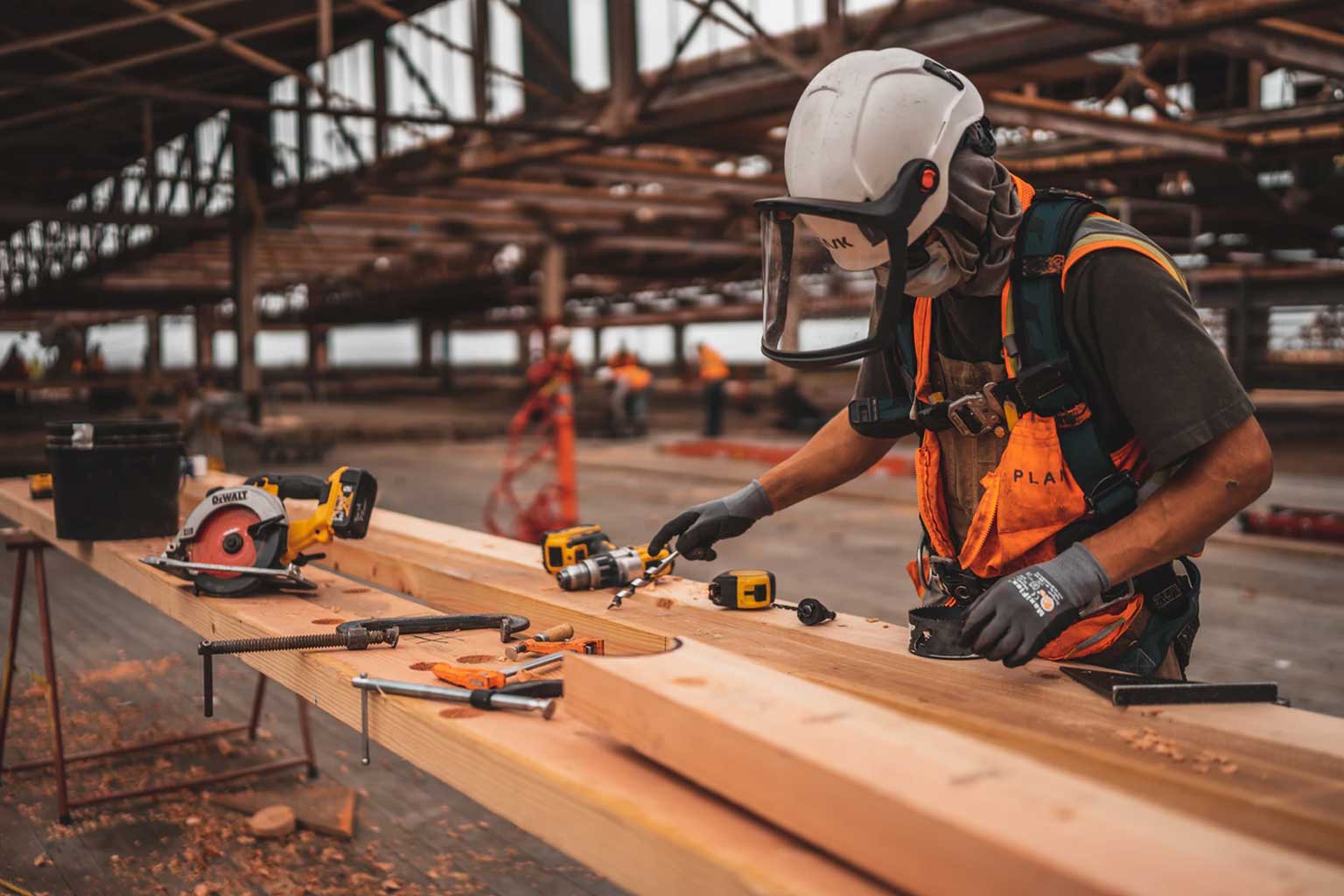HOMEBUYERS
Homebuilding Is Getting Harder: Why You Need a Contractor With Plenty of Manpower
Despite the COVID-19 pandemic putting millions of Americans out of work, the construction industry is still struggling to find workers, with hundreds of thousands of job postings remaining unfilled. According to the U.S. Chamber of Commerce, 88% of contractors report significant difficulty in finding qualified workers for their projects. As the workforce crisis continues, well-staffed independent contractors like MDH Builders become highly sought after. By keeping a healthy team of multi-licensed workers in-house, such firms are ready to tackle any renovation or new build project.

Unemployment and Construction Job Openings
With the Federal Reserve keeping interest rates low and housing demands remaining high throughout the last 18 months, the construction industry has fared better than most when it comes to the pandemic, with a red hot market desperate for more development. On paper, things look good: according to the Bureau of Labor Statistics, the industry currently employs over 7 million people, with an internal economy worth hundreds of billions of dollars a month.
And yet, with such a booming industry and 1 in 8 people still on unemployment payments, there is a mystery as to why more potential employees aren’t flocking to construction, seizing the opportunity to fill the labor shortfall. Quizzed by The National Association of Home Builders, 88% of construction companies believe labor will be the biggest issue facing the issue in the near future. This growing anxiety about labor has certainly not been helped by COVID-19s disruption to the economy, but it’s clear the problem has been a while in the making, with the number of firms concerned about the issue growing steadily from 13% in 2011.
To the outsider, the problem and solution are clear. During the pandemic’s peak, unemployment found itself nearing 15%. At the same time, open construction job openings were anywhere up to 332,000. Marrying the two, you’d be forgiven for wondering why the industry wasn’t being flooded with applicants eager to fill the job positions.
For Brian Turmail, the Vice President of Strategic Initiatives and Public Affairs at Associated General Contractors of America (AGC), it’s an image problem. For him, “…there’s an impression that construction careers are like a job of last resort, and not a rewarding kind of middle-class career.” This, despite almost all jobs in the industry requiring significant skill and training.
And it’s perhaps this requirement of training that’s the biggest obstacle for the industry, with many applicants finding themselves severely underskilled for anything but entry-level positions. “We’re losing more people than we’re bringing into the industry,” claims Matthew Schimenti, a construction company owner struggling to fill 20 jobs across all skill levels, “we wished it was just a bad dream, and it would go away, and everybody would just come back – that’s not going to happen.”

Training a Key Issue
It’s not pay that’s the issue either, with positions across the sector now paying significantly more than before thanks to firms all competing for the same small pool of labor. “We’re all fighting for that same guy,” says Daniel Lane, the Vice President and Installation Manager at a Michigan-based roofing company claiming the wage-wars have inflated rates at all skill levels.
The real issue behind the labor shortfall is that the available workforce is often not skilled to fill the roles available, with many of the better-paying jobs requiring significant training. Compounding the issue is that, often, the positions that do appeal to people coming out of other industries require training certifications and even college degrees. The amount of skill required to enter the construction industry comes as quite a shock to some of the recently unemployed who have traditionally seen such a career path as plan B.
With over a third of contractors having to turn down work due to labor shortages, trade-school educated workers are now hot property, with fully staffed firms in big demand. As training times can be anywhere from a few weeks to a couple of years, many in the industry fear the shortage of skilled workers will be around for the foreseeable future.

Growing Skill Gap
According to Ed Brady, the CEO of the non-profit training arm of the Home Builders Institute, the problem isn’t a labor shortage; it’s a skills shortage:
“When you say 300,000 available jobs, they’re not all skilled labor, but many of them are…for 20 years, we haven’t trained and spent money on educating…the skills gap is going to get worse before it gets better.”
With plenty of the nation’s workforce ready to get back into action, expensive training means the construction industry’s surprisingly high barrier serves only to exacerbate the labor problem. As the necessity for a new wave of skilled construction workers becomes apparent, nobody wants to foot the bill, with developers expecting industry groups to step up and industry groups claiming the central government should subsidize the vital training.
To make matters worse, many of the trade schools – where students would undertake their training – have been shut for large parts of 2020, causing many to turn to online learning to try and keep up the pace. Some students have had to learn difficult and complex aspects of construction, such as wiring through at-home learning kits, Zoom meetings, and GoPro camera perspectives. While such innovation and resourcefulness shows the resilience of the industry, the difficulty in teaching such skills over the internet has caused some instructors to express their frustration:
“…you just can’t do it via Teams or Zoom,” claims AGC’s Turmail, who claims the trade-education system is “drying up” in the face of its current challenges.

With retirement looming for a good portion of the construction industry’s labor force, the problem of skilled workers is only going to get worse before it gets better. According to the Brady of the Home Builder Institute, the wealth of skilled workpersons about to retire cannot be easily replaced, “…it’s harder to get a job if you have no involvement through training and certification.”
Throughout the debate experts, all agree that there needs to be a change in attitude towards a career in construction. While, traditionally, a young person claiming they want to train to become a plumber or carpenter may have been looked down upon by parents, the pay such a career affords and the skill it requires means it’s about time these paths got the respect they deserve.
Fortunately, despite the labor shortages, MDH Builders retains a team of skilled professionals who can always meet the challenge of your next construction project.

Connect
Let's talk about your project
We provide best-in-class construction services with honesty, a passion for the creative process and a win-win philosophy.




